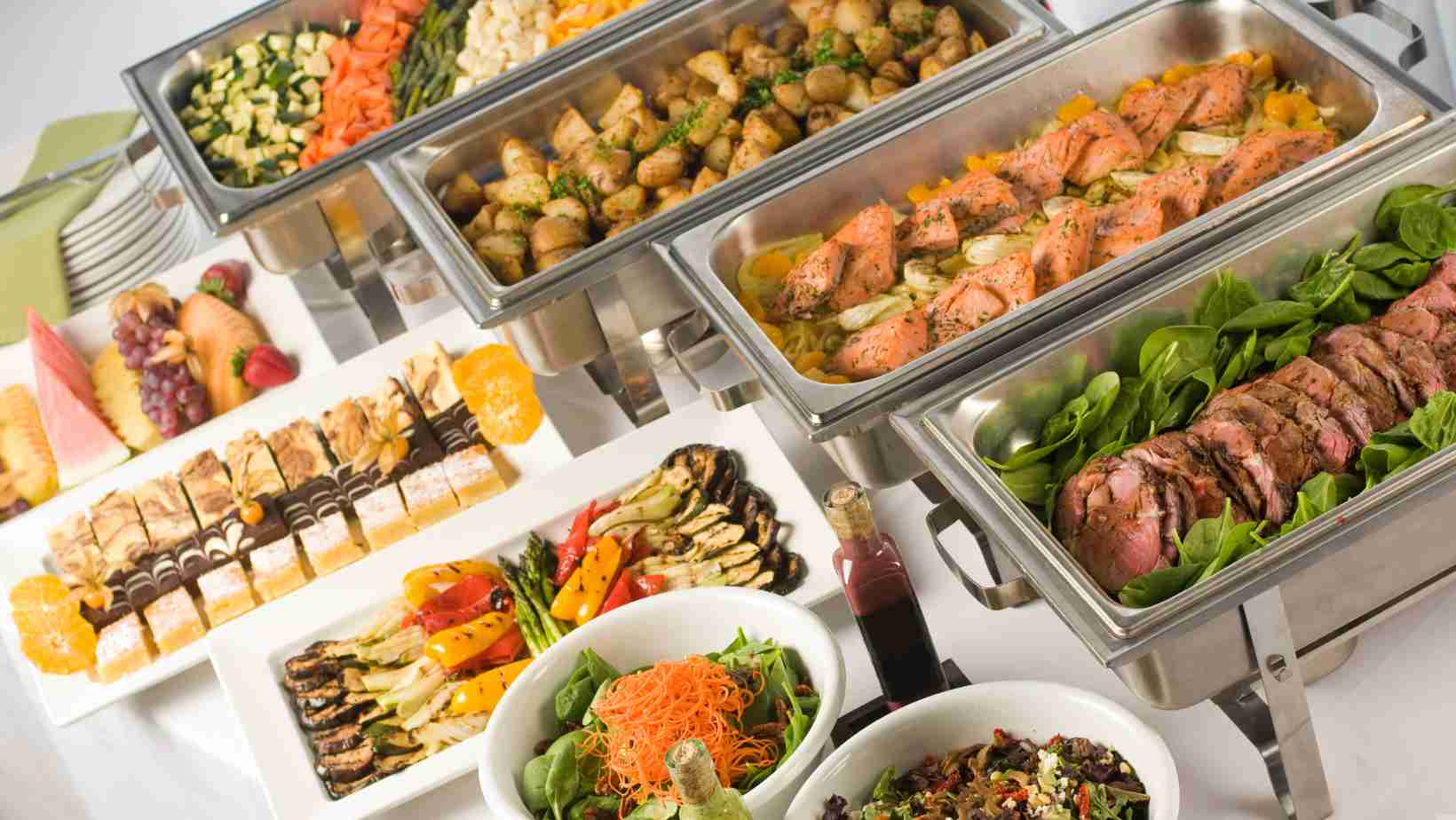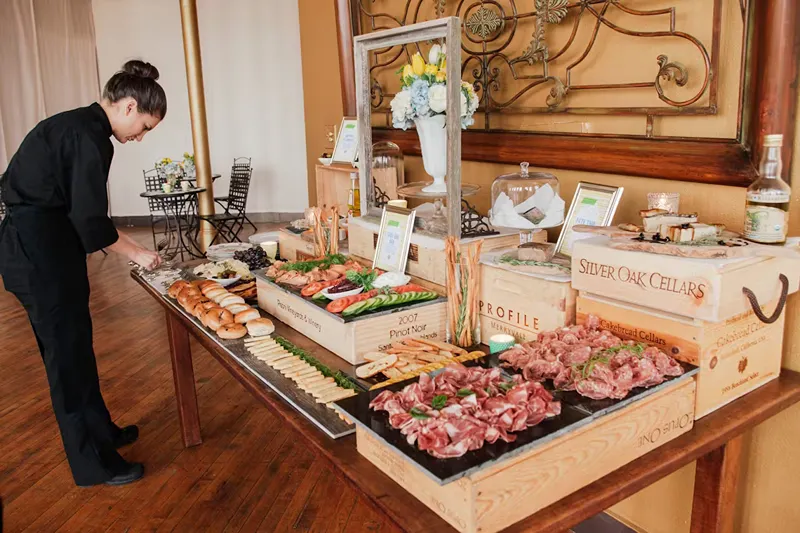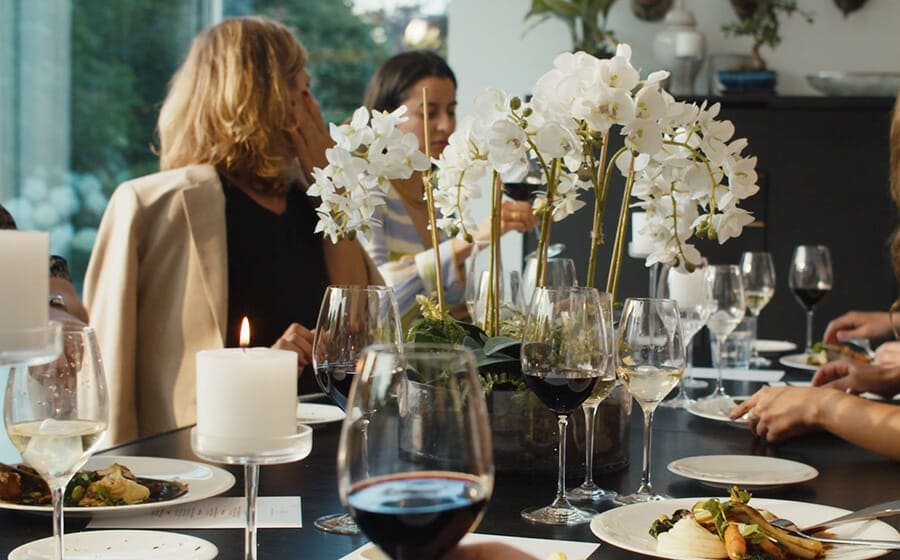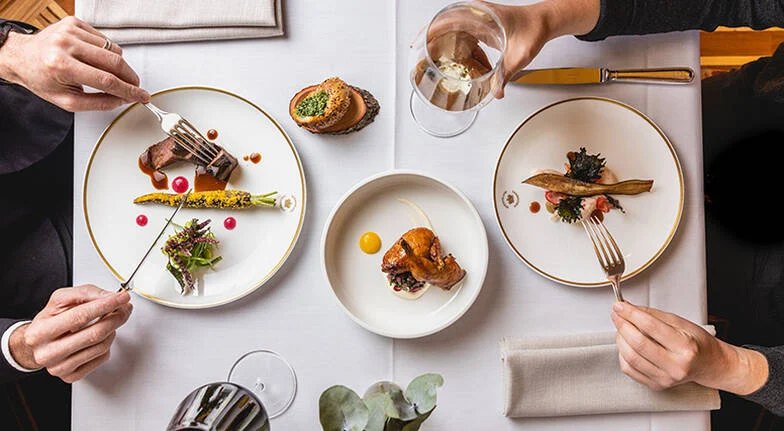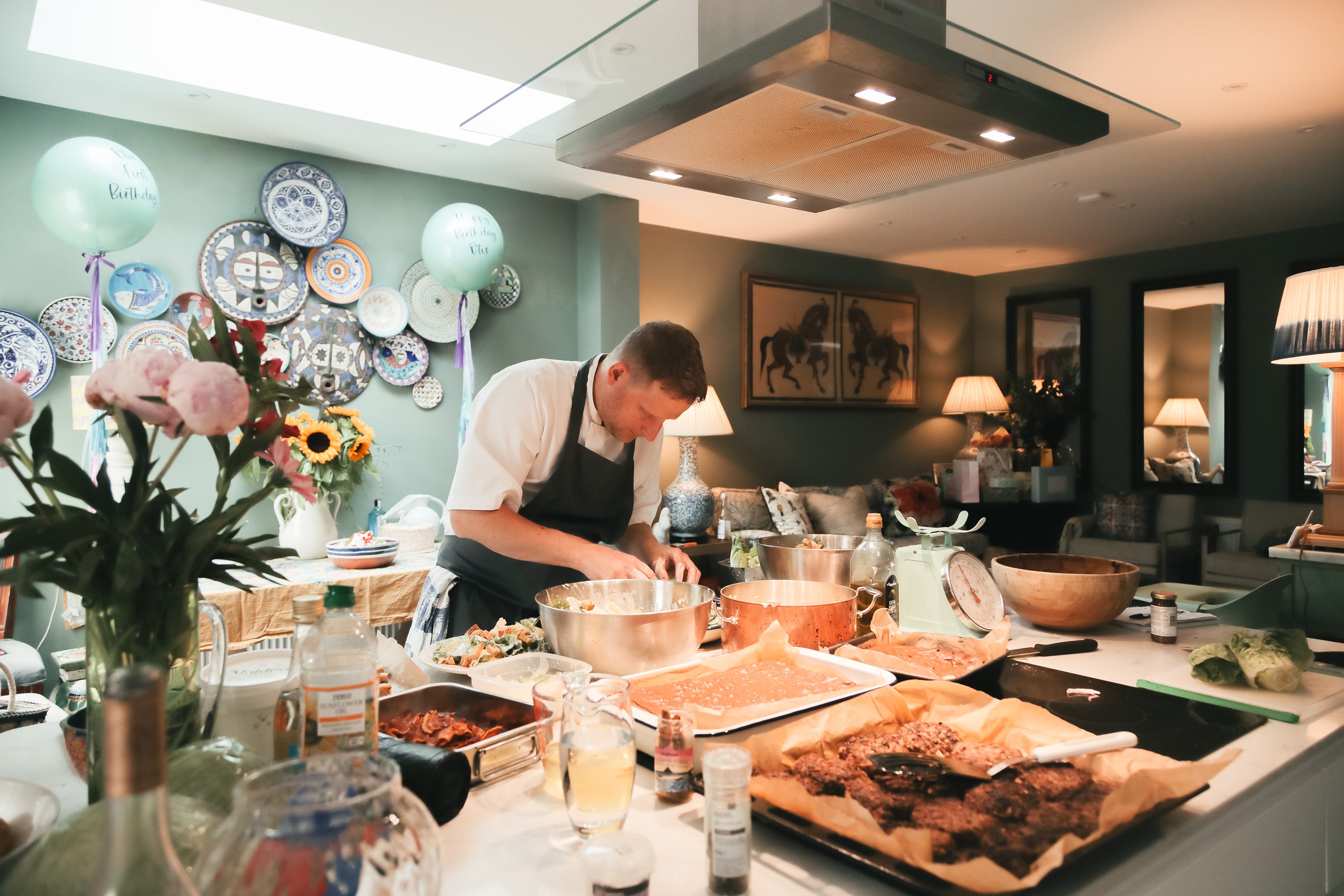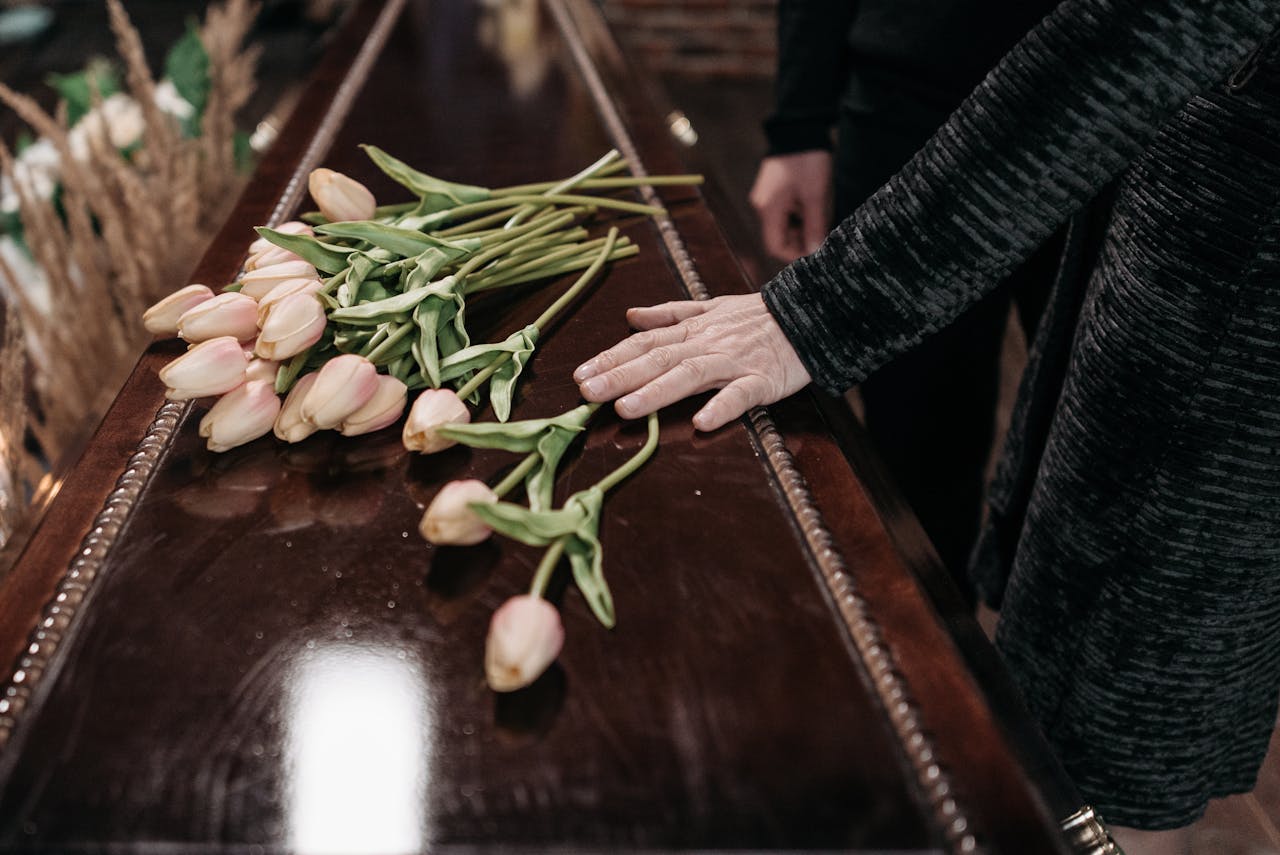How to Cater for 20 People in the UK: A Step-by-Step Guide
Decide the Type of Event
Before diving into menu planning, it’s important to think about the type of event you’re hosting. Casual vs. Formal: For a relaxed, informal event like a backyard BBQ or a casual get-together, you might opt for buffet-style service with easy-to-eat finger foods or platters. However, for a more formal gathering, like a sit-down dinner or a special celebration, you’ll likely want to go for a more structured menu with plated courses.
- Indoor vs. Outdoor: Hosting an outdoor event? Consider foods that are easier to transport and serve outside, such as grilled meats, salads, and chilled drinks. For an indoor setting, you have more flexibility with the type of dishes, as heating and serving will be easier to manage.
- Theme and Occasion: Is your event themed? Whether it’s a birthday party, anniversary, or holiday celebration, the theme can guide your food choices. A themed event can be a great opportunity to create a menu that aligns with the occasion.
By considering the type of event early on, you’ll have a clear direction for your catering, making everything else—menu planning, portions, and serving—fall into place smoothly.
Menu Planning
Now that you’ve decided on the type of event you’re hosting, It’s important to choose dishes that are easy to scale without losing quality or increasing complexity. Here are some options for each course:
Appetisers
- Bruschetta: Easy to prepare and serve, bruschetta can be made in large batches with simple toppings like tomatoes, basil, cheese and olive oil. It’s a crowd-pleaser and keeps prep minimal.
- Quiches: Quiches are versatile and scalable. You can bake them in muffin tins for individual servings or bake a few larger quiches and slice them into wedges for a family-style option.
- Soup: Soup is an excellent starter for large groups because it can be made in bulk. For a formal setting, you can serve soup in individual bowls or prepare a large pot and allow guests to ladle their own portions for a communal atmosphere.
- Vegetable Crudites with Dips: Fresh vegetables served with a selection of dips (hummus, tzatziki, etc.) are easy to prepare and scale. It is a light, healthy starter that suits most dietary needs.
- Charcuterie Board: A charcuterie board is a perfect choice for a group of 20 guests, offering a variety of meats, cheeses, fruits, and nuts. It’s easy to scale up by simply adding more items and preparing multiple platters.
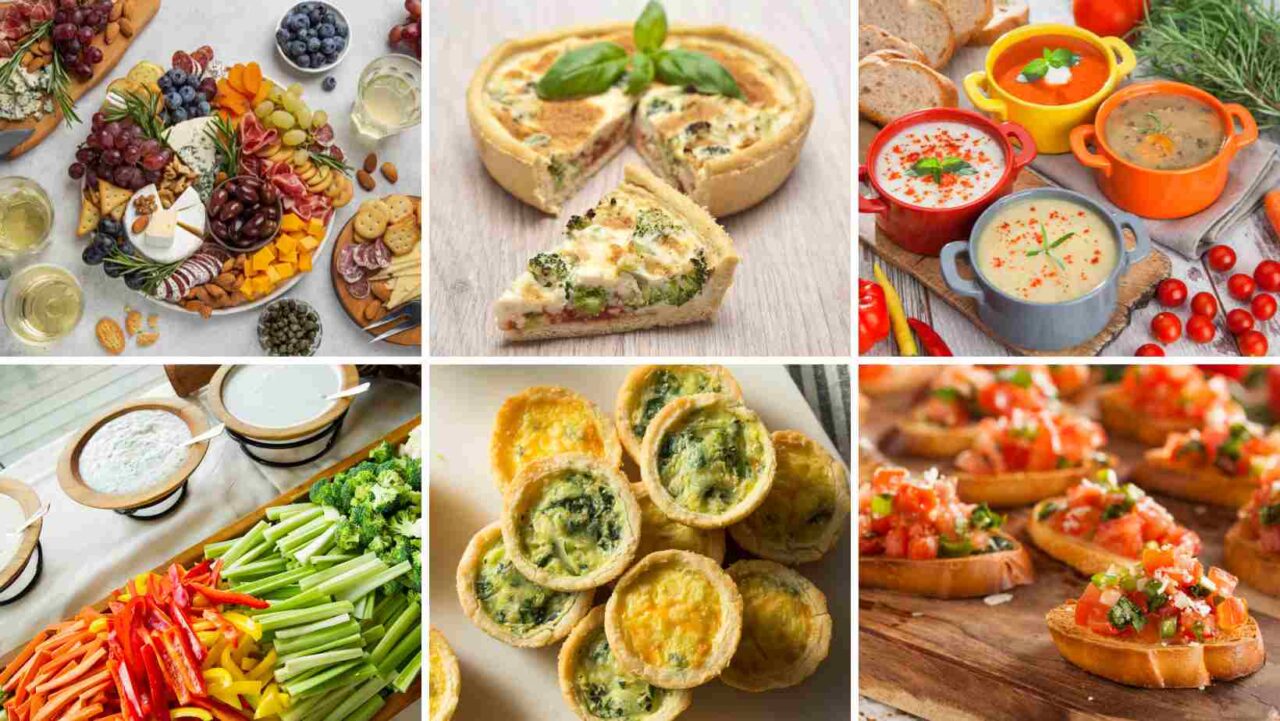
Mains
- Classic Roasts: A traditional roast is always a crowd-pleaser, especially for group dinners. You can serve options like roast beef, chicken, pork, or lamb, depending on your event’s style and guest preferences. They can be prepared in advance and are easy to serve.
- Lasagne or Baked Pasta: Lasagne or baked pastas can be assembled in large trays and baked in one go. It’s easy to portion and comes in both meat and vegetarian options.
- Shepherd’s Pie: Made with minced meat or a vegetarian alternative, shepherd’s pie is simple to make in large quantities. You can prepare shepherd’s pie in individual ramekins for personalised servings or make a large pie in a baking dish for guests to share.
- Risotto: Risotto can be made in larger batches and can be plated for individual servings or served from a large bowl or chafing dish, allowing guests to help themselves. It can be made in vegetarian, meat and seafood varieties.
- Hearty Stews: Stews are a versatile option feeding crowds.They can be made in large quantities with ease and customised by adding different meats or vegetables, depending on preferences. Some popular choices could be Beef Bourguignon, Chicken Cacciatore or vegetarian variety of the classic Stroganoff.
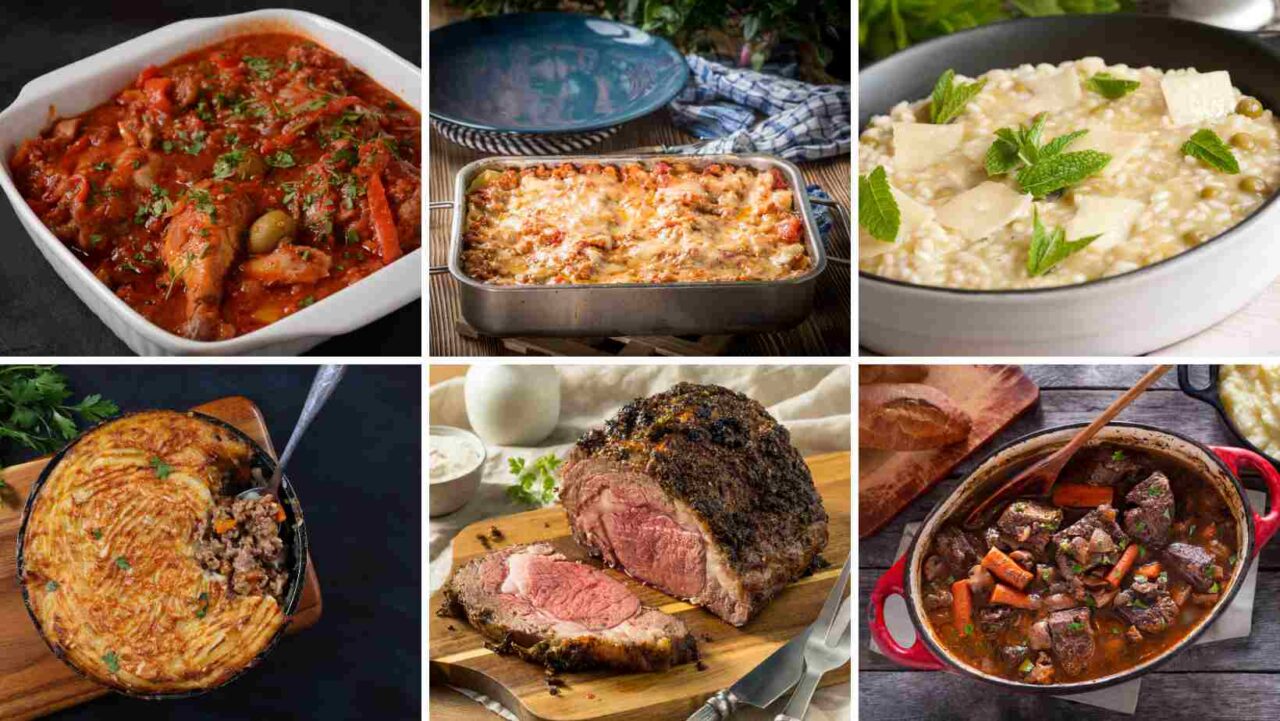
Sides
Potatoes: Potatoes are a classic that pairs well with most main courses. With plenty of options, like mashed, roasted, jacket, etc., they are versatile and easy to prepare.
Salads: A fresh salad is easy to prepare in bulk and can be tailored with various dressings or add-ons. It’s a light, healthy side that suits most guests.
Grilled Vegetables: Grilled vegetables like courgettes, peppers, and carrots can be cooked in large batches and served hot or cold, making them versatile for any event.
Herbed Rice Pilaf: A fragrant rice pilaf with herbs like parsley or dill is a great side dish to serve alongside roast meats or stews. It’s light yet filling and can be prepared in large batches.
Cauliflower Cheese: Cauliflower baked in a rich cheese sauce makes for a comforting side dish. This can be made in large baking dishes and pairs wonderfully with both meat-based and vegetarian mains.
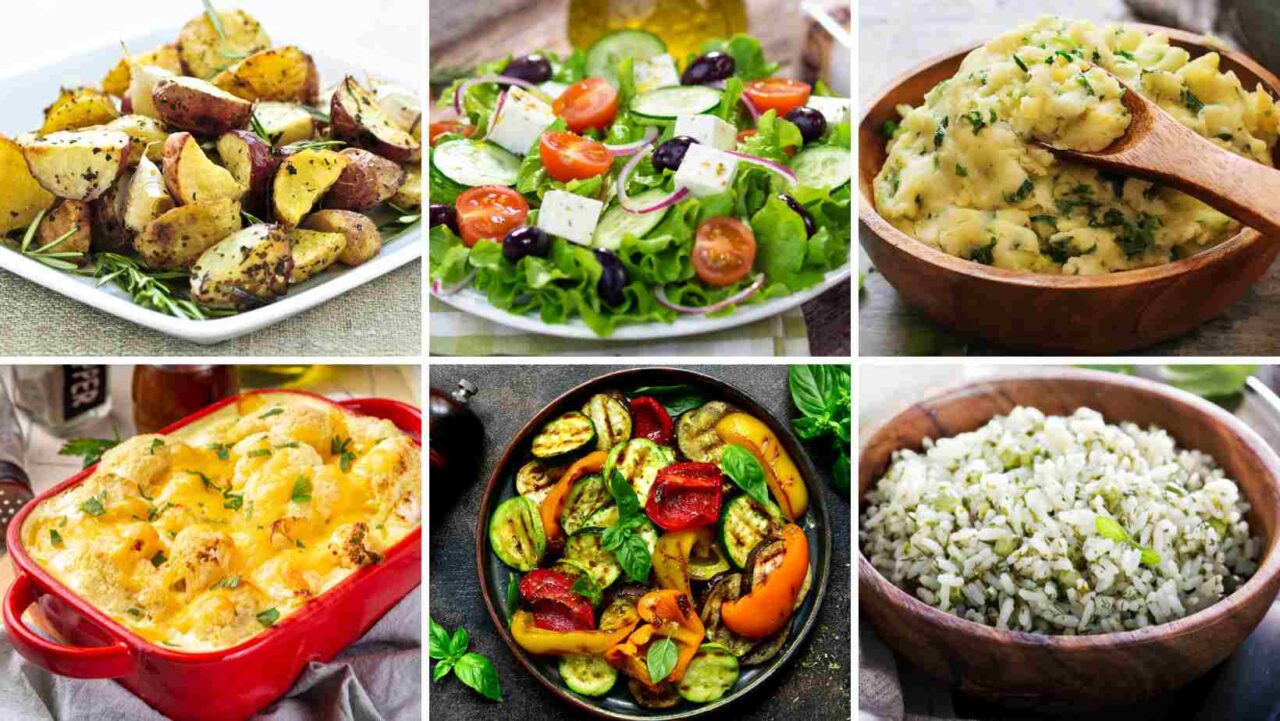
Desserts
- Brownies: Brownies are ideal for large groups because they can be baked in a single tray and easily portioned. They’re rich, satisfying, and perfect for scaling up.
- Fruit Salad: Fresh fruit salad can be made in bulk with seasonal fruits and served in individual bowls or large platters.
- Crumble: An apple or peach crumble is an easy-to-scale dessert that can be made in a large tray and portioned for individual servings.
- Cheesecake: A creamy cheesecake, whether New York-style or flavoured with berries or chocolate, makes an excellent dessert for any occasion. You can make mini cheesecakes for individual portioning or a large one or a shared dessert experience.
- Pies: A versatile option with varieties like apple, pecan , key lime, etc. that’s perfect for any occasion and can be prepared days in advance.
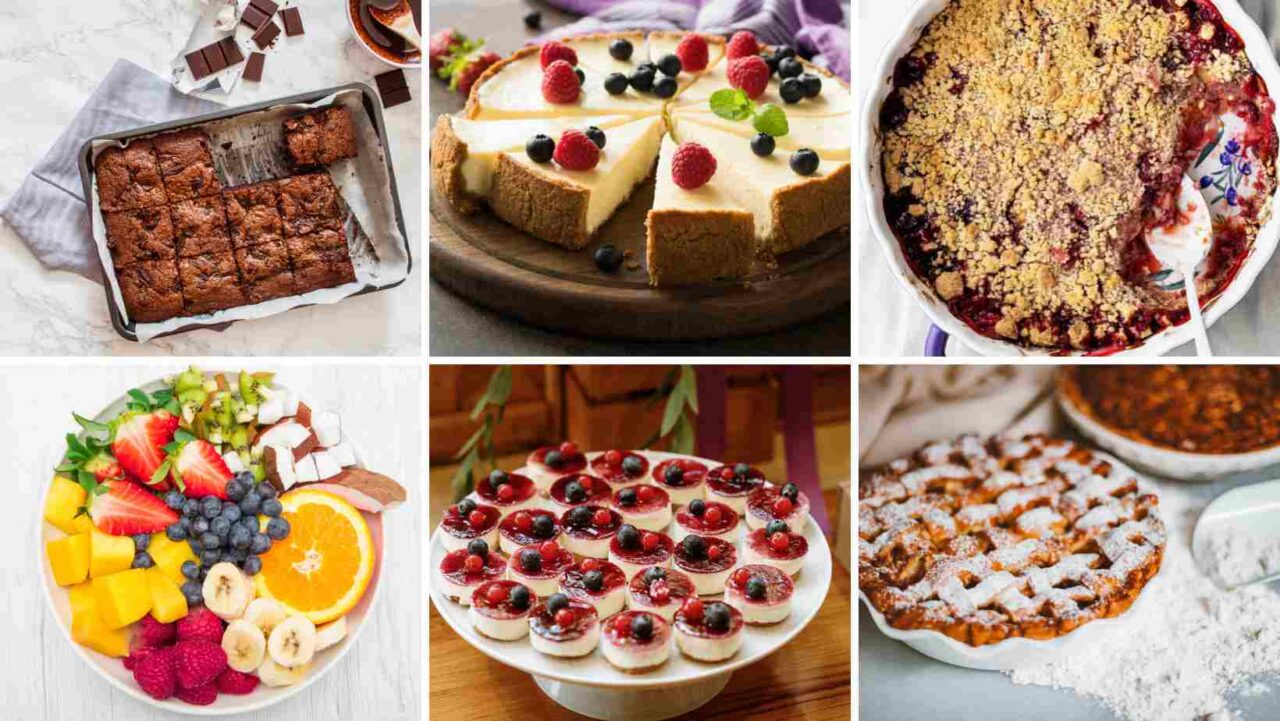
Drinks
- Light White Wine: Pairs well with salads, vegetarian starters, and lighter mains like fish or chicken. It can be served individually in the glass or in bottles for guests to share.
- Full-Bodied Red Wine: Ideal for heartier mains like shepherd’s pie or roasts.
- Sparkling Water: A refreshing, non-alcoholic option that complements any course without overpowering flavours.
- Beer: It’s great for casual gatherings and individual bottles make it a convenient option for a group of 20.
- Mocktails and Cocktails: Pitchers of iced tea, sangrias and mojitos work great, allowing guests to top up as needed.

Estimating Portion Sizes for 20 Guests
Accurately estimating portion sizes helps avoid waste and ensures everyone gets enough. Here’s a quick guide to portioning for a group of 20:
- Starters and Appetisers
Soup: 200ml per person.
Individual Appetisers: 3-5 pieces per person.
- Main course
Protein (Meat, Poultry, Fish): Plan for 150-200g of cooked meat per person. For bone-in cuts, aim for the higher end (200g).
Vegetarian Mains: Estimate 200-250g per person for pasta, risotto, or casseroles.
- Side Dishes
Potatoes: 150-200g per person.
Rice/Grains: 100g of dry grains per person (yields 200-250g cooked).
Vegetables/Salads: 100-150g of vegetables per person.
- Desserts
Cakes/Pies: 100-150g per person, or one slice. A 9-inch pie serves 8 people.
Lighter Desserts (Fruit Salad): 150-200g per person.
- Drinks
Wine: 1 bottle per 3 guests. 7 bottles for 20 guests.
Other Beverages: 1.5 drinks per person per hour (approx. 2-3 litres per person for a 3-hour event).
Remember that portion sizes can differ based on the event type, time of day, and your guest list.
Dietary Considerations
It’s important to account for dietary preferences or restrictions among your guests. Whether it’s catering for vegetarians, vegans, or those with food allergies, make sure your menu includes options that suit everyone. Communicate with guests beforehand to confirm any restrictions. This will allow you to balance your menu by providing satisfying choices for all diets, ensuring that no guest feels left out.
Always plan vegetarian or vegan options for all courses. For guests with gluten intolerance, include gluten-free food using grains such as quinoa and avoid gluten-containing sauces. For dairy-free guests, use alternatives like almond milk in creamy dishes, and for those with nut allergies, ensure nut-free options and prevent cross-contamination.
Whether you're hosting a special celebration dinner, looking for a chef during your holiday or weekly meal prep, we will match you to the perfect chefs.
Start hereBudgeting for Your Event: 7 Practical Tips
When catering for a group of 20 guests, you can focus on making smart choices that maximise quality without overspending. Here are some practical tips:
- Set a clear budget: Breaking down your overall budget per guest will help you get a clearer idea of the costs for food, drinks, and service.
- Leverage bulk buying: Even for a smaller group, bulk purchases of items like drinks or non-perishables can lead to savings.
- Keep the menu simple: A well-curated menu with fewer but higher-quality dishes can help you cut down on costs without sacrificing the experience. Focus on dishes that are both easy to prepare in bulk and sure to impress.
- Use seasonal ingredients: Using seasonal ingredients can help reduce costs, as they are typically more affordable and readily available.
- Opt for a buffet service: A buffet is often more cost-effective because it allows you to prepare food in larger batches. With fewer serving staff required and a more flexible setup, buffets are ideal.
- Plan for additional costs: For a group of 20, there are bound to be some additional expenses like tables, chairs, crockery, service staff, etc. Calculate these in your budget to avoid any last-minute surprises.
- Request tailored and multiple quotes: If you are hiring a private chef or caterer, ask them to tailor their packages to a group of 20. Reach out to different caterers to get quotes so that you can compare and choose the best ones.
Creating a Timeline for the Day: 7 Essential Steps
Carefully planning how to cater for 20 people ensures everything runs smoothly and food is served on time. Here’s how to create an effective timeline for your event:
- One week before: Finalise the guest list and menu. Ensure all necessary kitchen equipment, tableware, and serving tools are ready. If you plan to hire staff, confirm their availability and roles.
- Five days before: Double-check your ingredient orders and purchase any remaining items. Set up a rough layout of the dining area and serving stations to ensure everything fits smoothly.
- Two days before: Prepare non-perishable elements like desserts and baked goods. Store them properly to maintain freshness.
- One day before: Marinate meats and complete any pre-cooking tasks like making stocks or preparing casseroles. Set up tables, chairs, and any decorations needed for the event.
- Morning of the event: Begin cooking all the main dishes. Keep all perishable items refrigerated until it’s time to serve.
- Two hours before: Reheat pre-cooked dishes, finalise main dishes and set up the buffet or serving stations. Begin preparing drinks and setting up the bar area if necessary.
- 30 minutes before: Add final garnishes, arrange food on warming trays or serving platters and ensure everything is at the correct temperature. Double-check that all drinks are ready to serve
Secret to Effortless Hosting from Start to Finish
Following these steps will help you easily devise a plan on how to cater for 20 people.But if you’re looking to make things even easier, hiring a private chef might be the way to go.
A private chef can craft a menu tailored to your specific tastes and event needs, ensuring a personalised experience. They handle everything from ingredient sourcing to the final presentation, using fresh, high-quality produce. With all the cooking and cleaning taken care of, you can focus on enjoying the event stress-free.
Platforms like yhangry have bridged the gap between private chefs and customers in the UK in a seamless manner. You can get access to a wide pool of talented chefs on the platform, including MasterChef-famed and Michelin-star chefs.
What’s more? With a great customer support team and cancellation protection, planning for your event is guaranteed to be a stress-free experience.
- How do you host a large gathering in a small house?
-
Maximise space by rearranging furniture to create more open areas, and consider using every available space, such as the garden or even the kitchen. Offer buffet-style food to reduce table space and create designated zones for mingling, eating, and drinks.
- What are the rules for having a party at home?
-
Be mindful of your neighbours by notifying them in advance, keep the noise level reasonable, and ensure there are no fire hazards or safety risks in your setup. Set clear boundaries for guests regarding off-limit areas, and make sure there are enough refreshments and seating to accommodate everyone comfortably.
- How much buffet food for 20 people?
-
It’s a good idea to offer around 8-10 different dishes, mixing appetisers, mains, and snacks for variety. This ensures there’s something for every palate, with options for different dietary needs. If you’re looking to make the process easier, consider hiring chefs from platforms like yhangry who can help plan how to cater for 20 people.
- How do you calculate catering per person?
-
A general estimate is to plan for around 700-900g of total food per person. This includes starters, mains, sides, and desserts. Adjust the amounts based on the type of event, offering a balanced variety of dishes to make sure all guests are satisfied.
